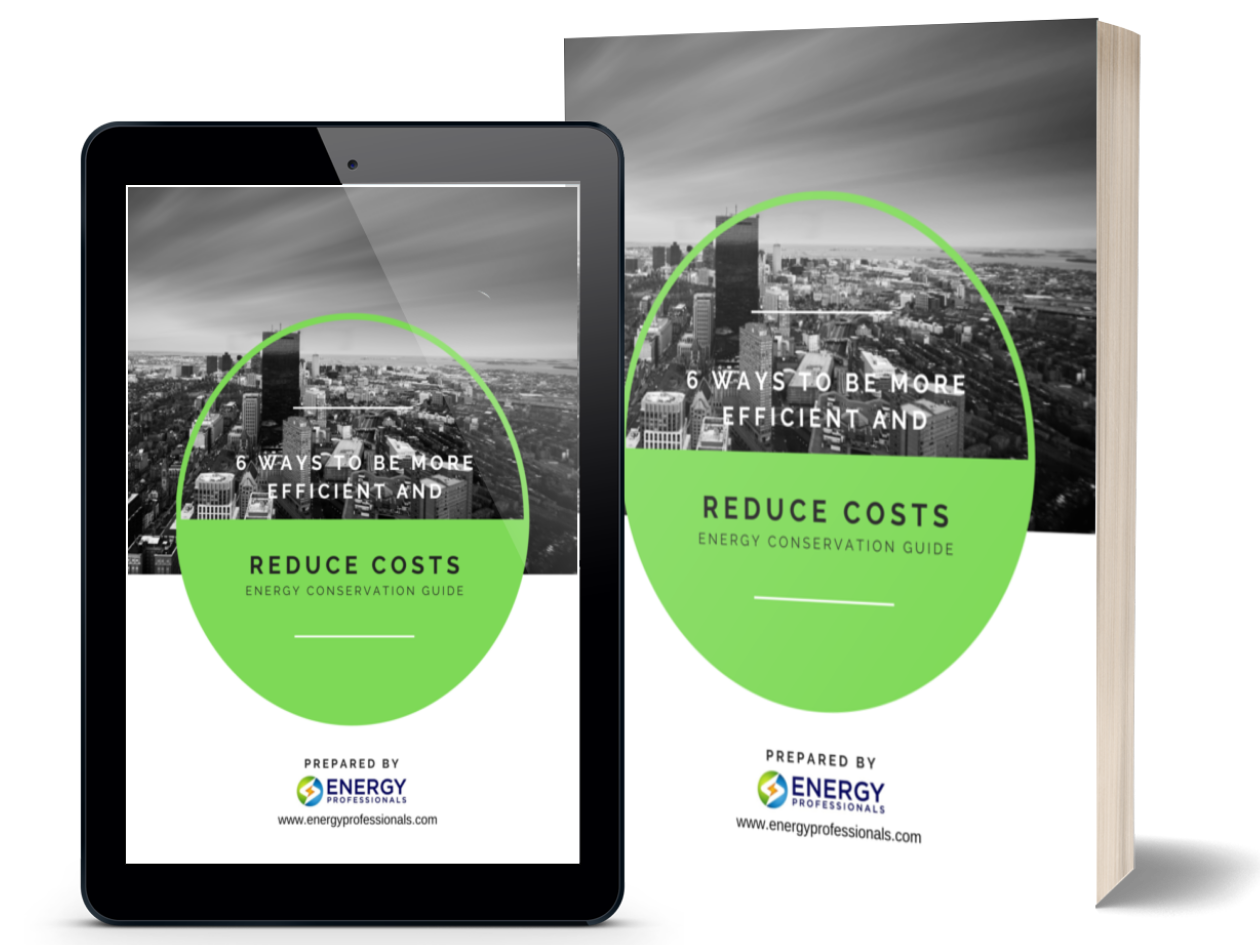6 Proactive Steps Businesses Can Take to Reduce Energy Consumption
Reducing the energy we consume is an individual and a business responsibility. With the growing environmental consciousness and rising energy

Reducing the energy we consume is an individual and a business responsibility. With the growing environmental consciousness and rising energy
Reducing the energy we consume is an individual and a business responsibility. With the growing environmental consciousness and rising energy costs, businesses face mounting pressure to adopt sustainable practices. Energy consumption, a significant driver of operational expenses and environmental impact, is at the forefront of this transition.
Fortunately, businesses can implement several proactive measures to reduce energy usage and champion sustainable practices. As a business owner, here is a rundown of some key strategies:
An energy audit examines a company’s energy usage, pinpoints inefficiencies, and recommends strategies for reducing consumption.
It helps you identify areas where energy could be used efficiently. Having accurate data makes it easy for businesses to make informed decisions. You will be able to know when to upgrade equipment, improve insulation, or implement energy-efficient technologies.
Proper information about your energy will result in lower operational costs and minimal carbon emissions, contributing to environmental responsibility. Energy audits often reveal opportunities for rebates, incentives, and tax breaks, further incentivizing businesses to invest in energy-saving initiatives.
In other words, energy audits serve as a roadmap for businesses to streamline operations, boost profitability, and contribute to a more sustainable future. CLICK HERE TO SCHEDULE A FREE ENERGY AUDIT
Upgrading to energy-efficient appliances is a strategic move for businesses aiming to curtail energy consumption and expenditure. Using outdated equipment, especially in extensive facilities like manufacturing units or hotels, can be a significant energy drain.
Ensure you switch to modern, energy-efficient appliances. They are designed to perform the same or even superior functions while using a fraction of the energy that older models consume. Making the switch ensures that businesses experience significant reductions in monthly utility bills, resulting in substantial long-term savings.
Additionally, energy-efficient appliances often have a longer lifespan, which can decrease replacement and maintenance costs over time.
Beyond the direct financial benefits, utilizing energy-efficient appliances enhances a company’s environmental stewardship, reducing its carbon footprint and reinforcing its commitment to sustainability.
For example, production facilities can reduce both power draw and water waste by upgrading bottling equipment to an auto water filling machine. Modern integrated filling systems are engineered to minimize energy use during rinsing, filling, and capping, while maintaining consistent output and hygiene. This type of equipment upgrade directly supports sustainability goals while keeping operational efficiency high.
In an era where consumers and stakeholders prioritize eco-conscious practices, businesses that invest in energy-efficient appliances cut costs and elevate their brand image and market appeal.
Integrating green building designs and materials can drastically reduce energy needs if you plan new constructions like optimizing natural light, using green roofing, and prioritizing greenfield development.
Greenfield development offers businesses a perfect canvas to prioritize energy efficiency from the project’s inception. Unlike brownfield or infill development, where existing structures or infrastructure may pose constraints, greenfield sites allow for integrating cutting-edge energy-saving technologies and design right from the start.
As a business, you can optimize the architectural design to capitalize on natural light and incorporate advanced HVAC systems tailored to the building’s needs. You can also use high-efficiency insulation materials and seamlessly integrate renewable energy systems into the design.
You can also invest in automated energy management systems that streamline and optimize energy consumption. These systems harness the power of sophisticated sensors, algorithms, and real-time data analytics to monitor a facility’s energy use continuously. It then automatically adjusts lighting, HVAC, and other energy-consuming processes.
Another way of reducing energy consumption is using retrofitting lighting systems. Traditional lighting solutions, such as incandescent and even fluorescent bulbs, are notorious for inefficiencies, often converting more energy into heat than visible light.
Transitioning to modern alternatives like Light Emitting Diode (LED) or advanced Compact Fluorescent Lamp (CFL) technologies allows businesses to achieve the same or better luminosity with less energy usage.
Moreover, these contemporary lighting options boast longer lifespans, translating to fewer replacements and reduced maintenance costs. The energy savings from retrofitting lighting can be dramatic, significantly slashing lighting energy use.
Businesses can enlighten their workforce about the importance of energy conservation and the practical steps they can take in their daily roles through hosting regular training sessions, workshops, or informational campaigns.
Simple actions, such as turning off lights when leaving a room, setting computers to energy-saving modes, or efficiently utilizing heating and cooling systems, can have a compounded effect when adopted by the entire organization.
An educated and engaged workforce can be ambassadors of sustainable practices, ensuring that energy conservation isn’t just a top-down initiative but a holistic approach ingrained in the company’s ethos.
The journey to reduced energy consumption requires a multi-faceted approach. Businesses can reduce operational costs and project themselves as responsible and forward-thinking entities in a world that increasingly values sustainability using these proactive steps.
Article by
James Lightning
Editor, Energy Professionals


Don't have one? You can get one by calling us at 855-4-PKIOSK.
Energy Professionals is committed to finding its customers the best possible rates on electricity and natural gas. Tell us your location and service type and our energy manager will connect you to the most competitive offers.
Switching to an alternate supplier is easy. There is no chance of service disruption, and you'll continue with your current utility for energy delivery and emergency service. Take a few minutes to discover your best offers, and enjoy the benefits of retail energy in your home or business.
1. Energy Type
2. Service Type
3. Zip Code
4.Local Company
5.Zone
We believe that knowledge is power. Here’s a free e-book that provides business solutions to reducing energy costs.
Download E-Book Free Energy Audit




